Towards the end of the 1940's, Renzo Rivolta had made up his mind to end production of his Isothermo refrigerators, as there was more demand for vehicles in the post-war recovery period than for his expensive refrigerators. Scooters were the transport of choice at that time in Italy but his first effort, the Furetto, was a dismal failure which according to legend, Rivolta buried in a hole in the ground. The Isoscooters and Isomotos of 1950 were a success though, and were produced for six years.
Iso had big plans for the Isetta that went far beyond the original Preti concept. He believed in designing small cars as small cars and not just scaled-down large cars. Although its not known if he approved on Iso expanding his little egg to a bigger omelette, the company saw the possibilities of offering small trucks using the Isetta as a basis. Small delivery vehicles were very much an integral part of the Italian commercial scene, with many companies involved in this competitive corner of the market; Rivolta himself had success with earlier lastenroller-type vehicle (also called Isocarro) vehicles.
The construction of the Isocarro 500 went far beyond simply attaching a rear box. Designed to carry 500kg (hence the name), the rear of the cab was cut off flush at the rear window and paneled shut. It was fitted to a substantial all-new 2 ¾ inch tubular frame that was essentially the same at the front, but extended rearwards, extending the wheelbase to a length of 85 inches, doubling up in the engine area and extending over the top of a new full-width rear axle and differential, providing a very strong base for the load carrying area, at the expense of some additional weight. The pickup box was all-new and incorporated a fold-down tailgate. A slightly modified version of the Iso twin-piston single provided the power.
The Isocarro was heavier than most light goods vehicles, and it offered a unique front-opening layout that suited certain delivery applications. It came in several versions, including a pickup with a canvas top flush with the cab, or a box van body (the rare Furgone). Other specialised applications, such as ladders or tipper boxes, were possible.
Iso Motor Italia in Madrid had the Iso license for Spain; they built both the Isetta and the truck, renamed Isettacarro 500 and was distributed by Autovehicules S.A., also in Madrid. Motor Italia later became associated with Borgward-Iso Española S.A., which had German connections, and later changed its name to the latter.

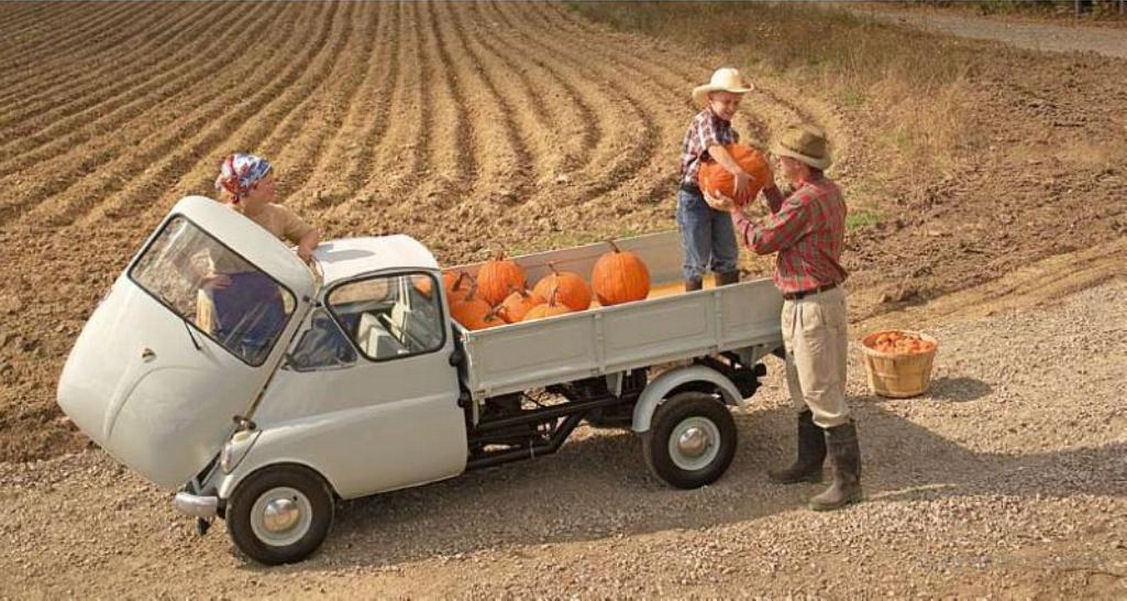
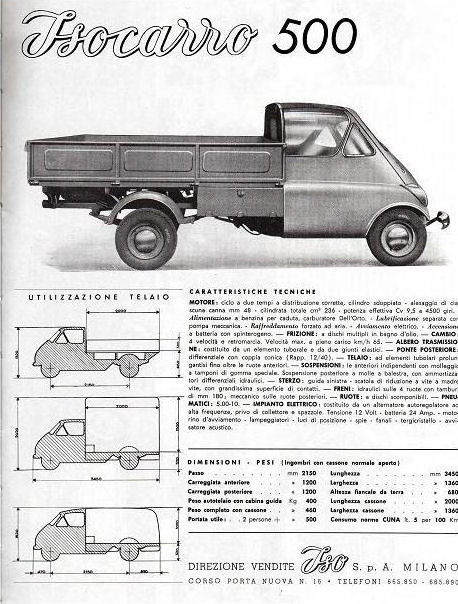
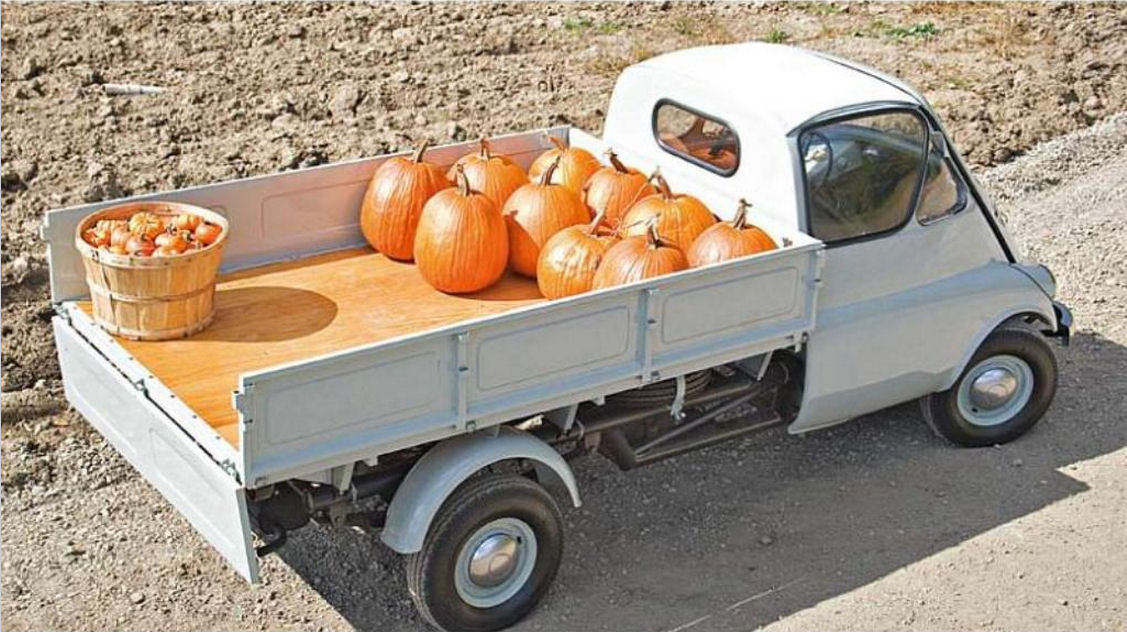


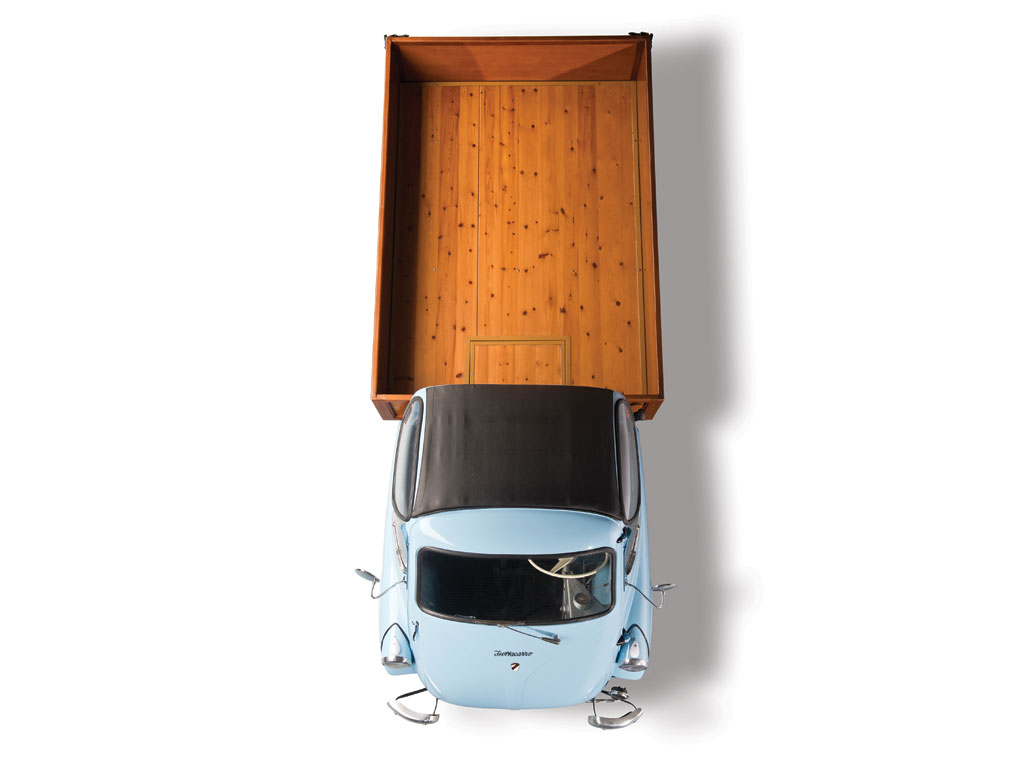
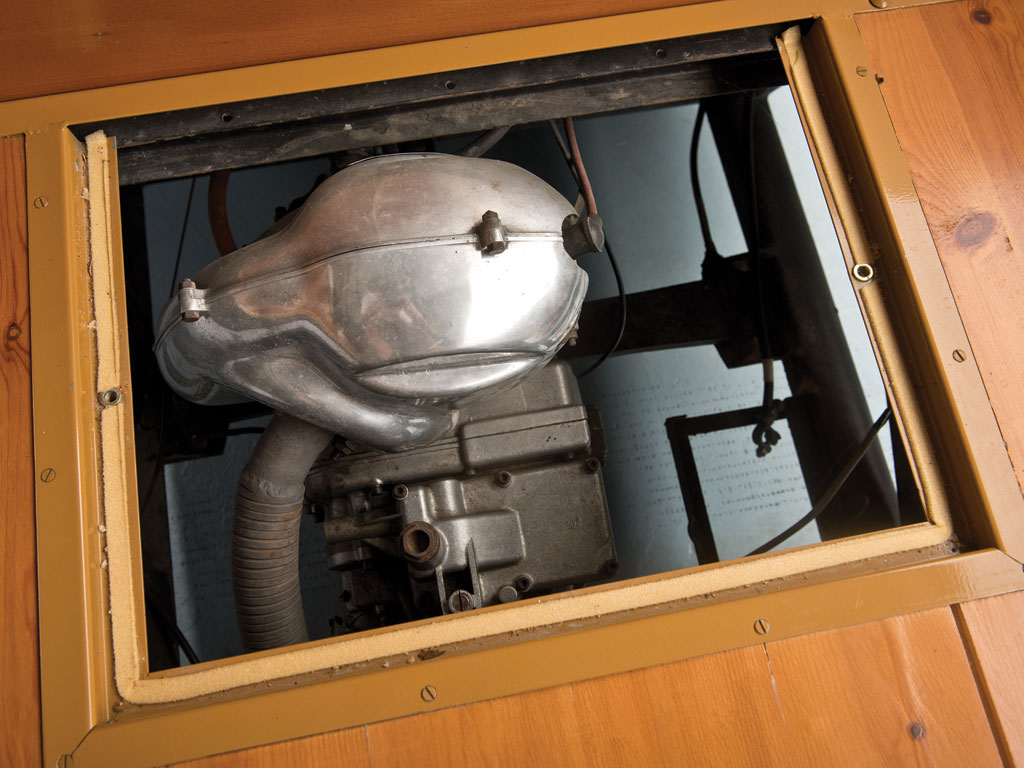
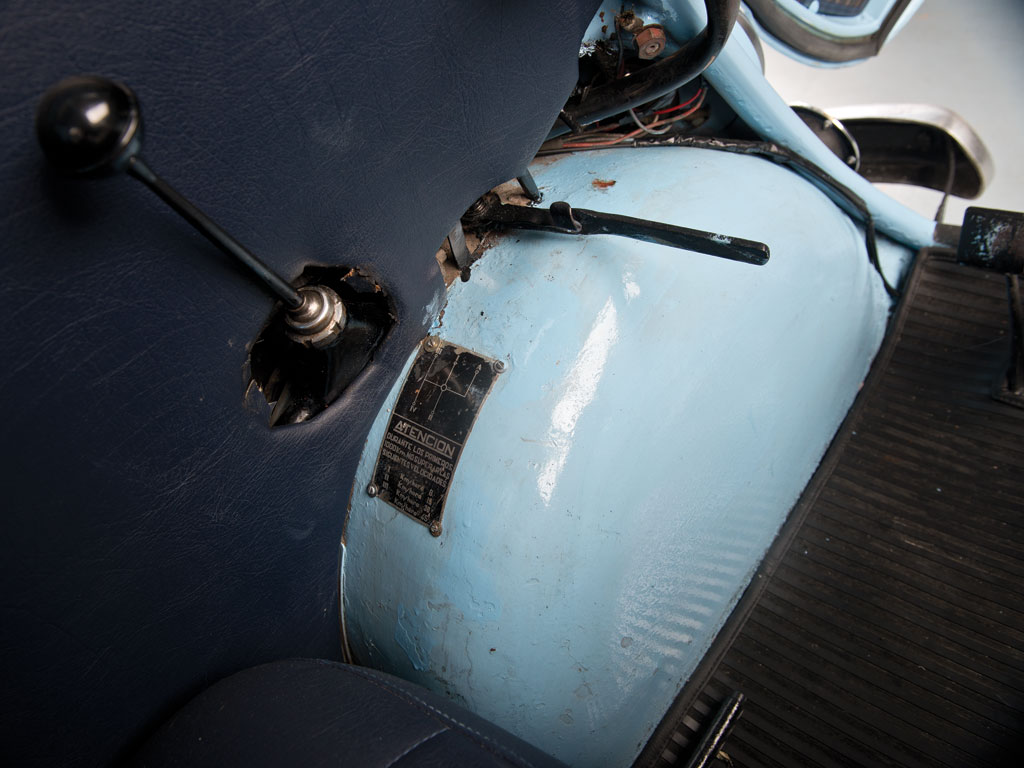
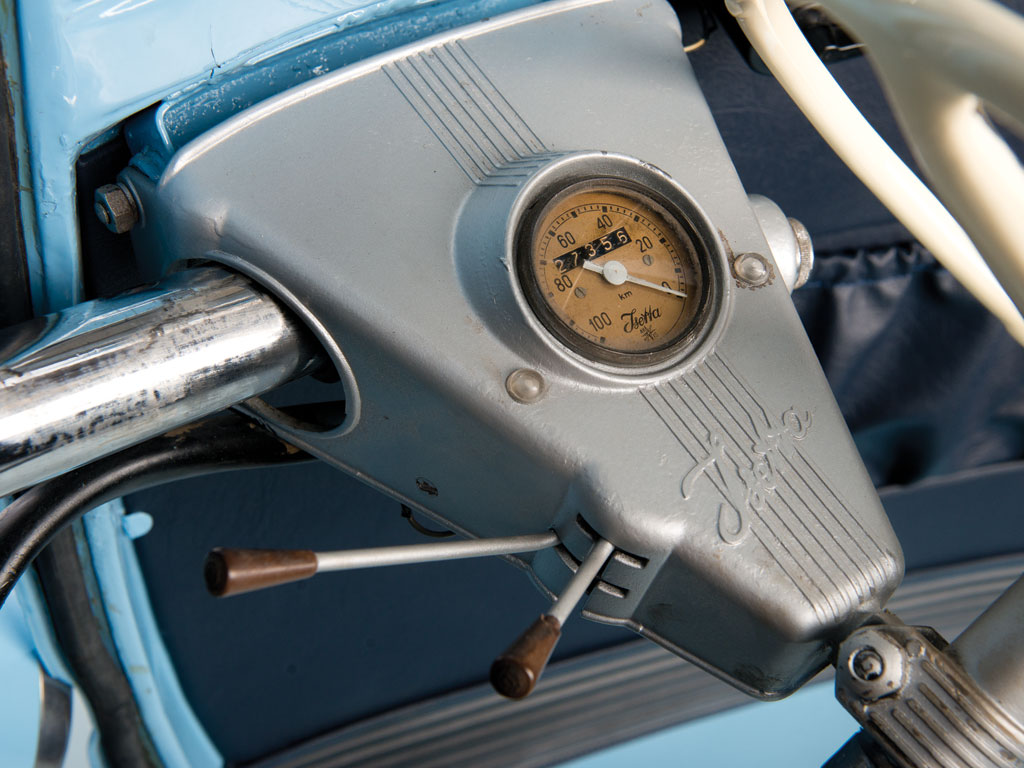
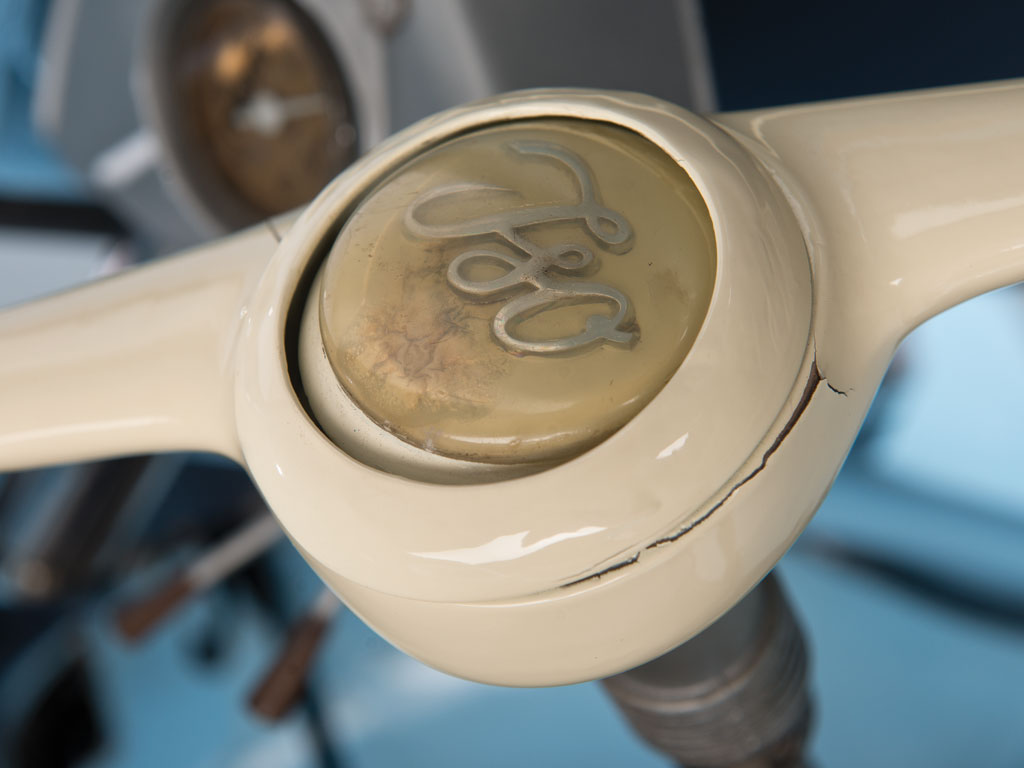
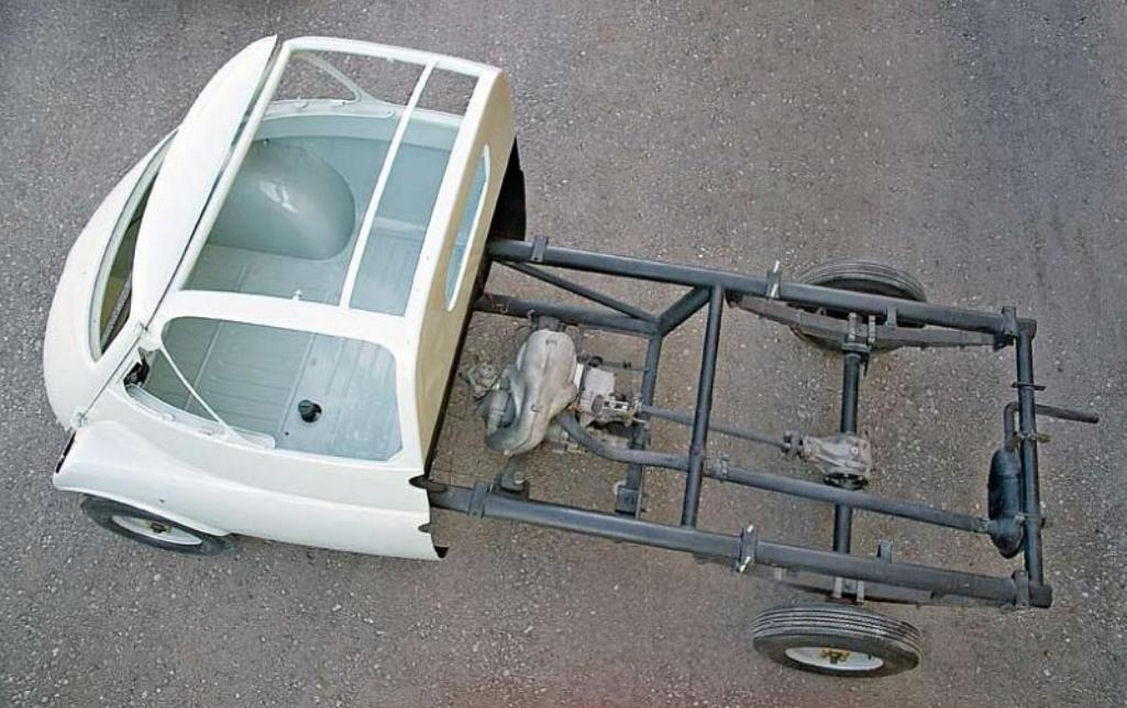
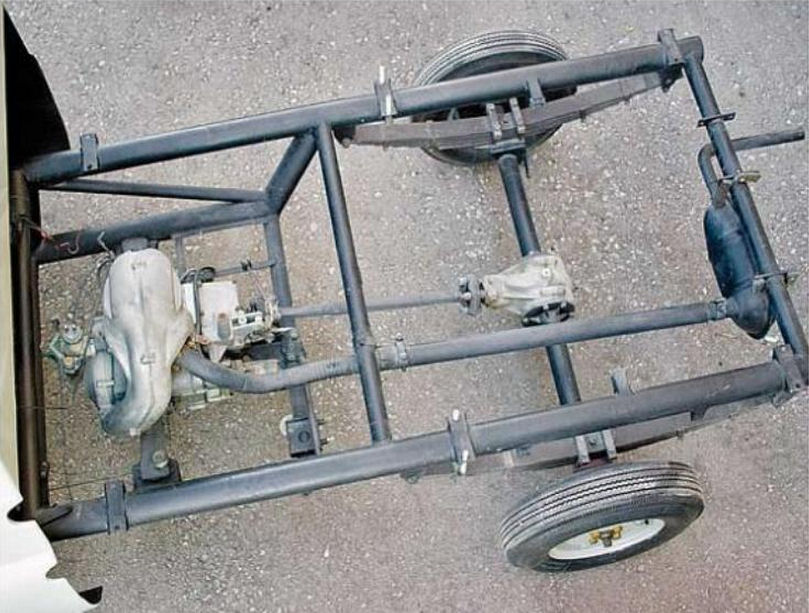
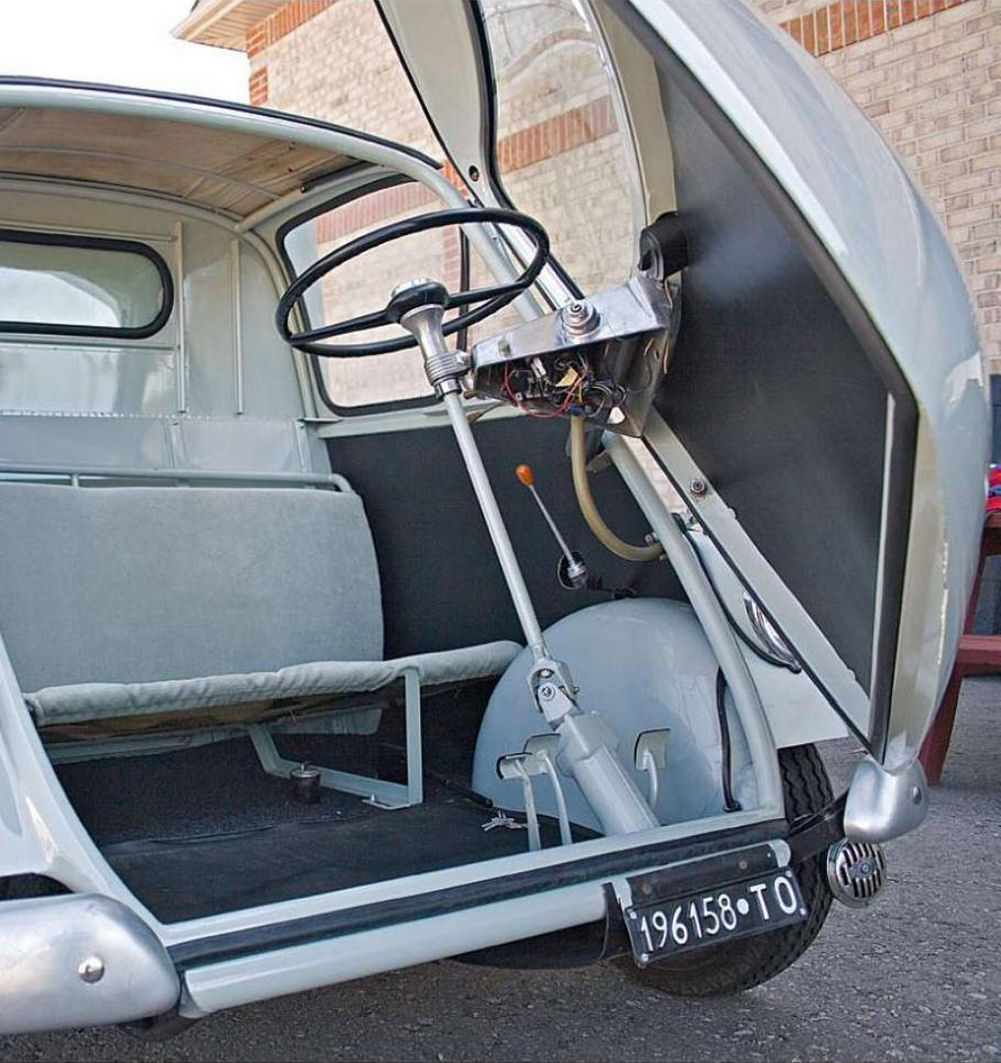
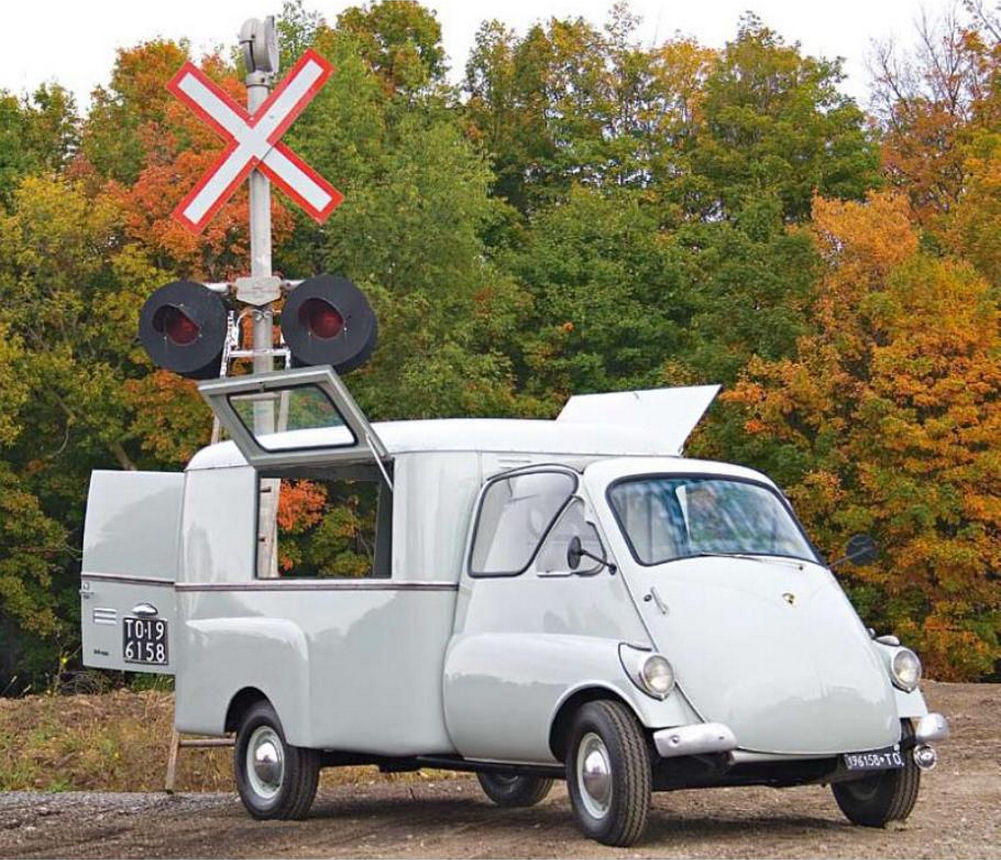
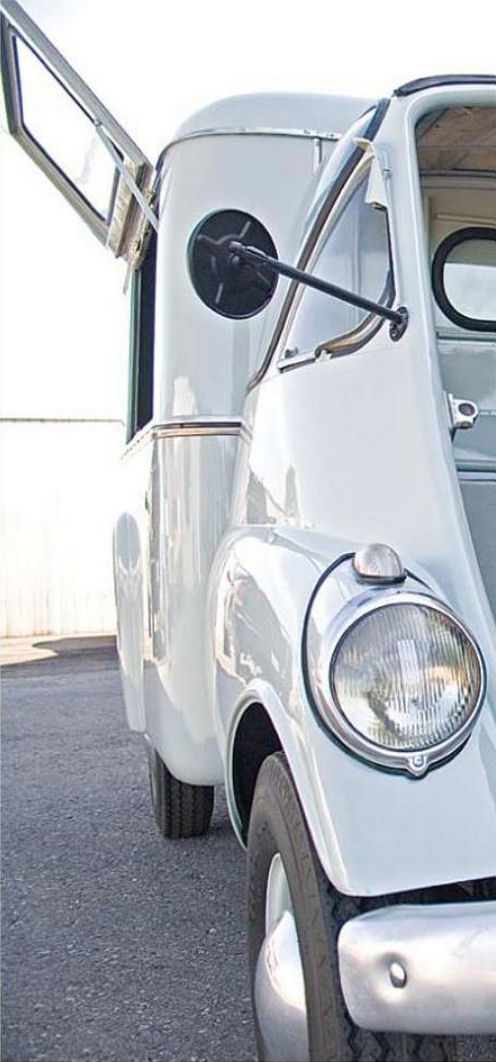
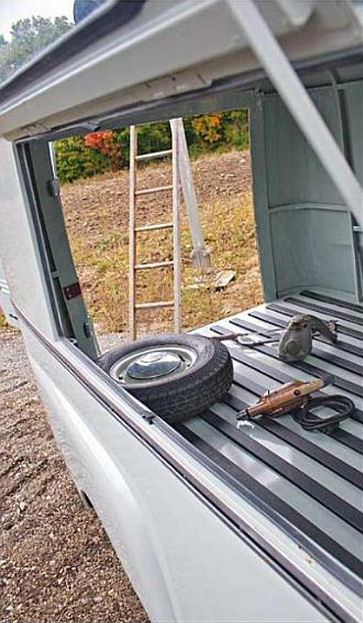
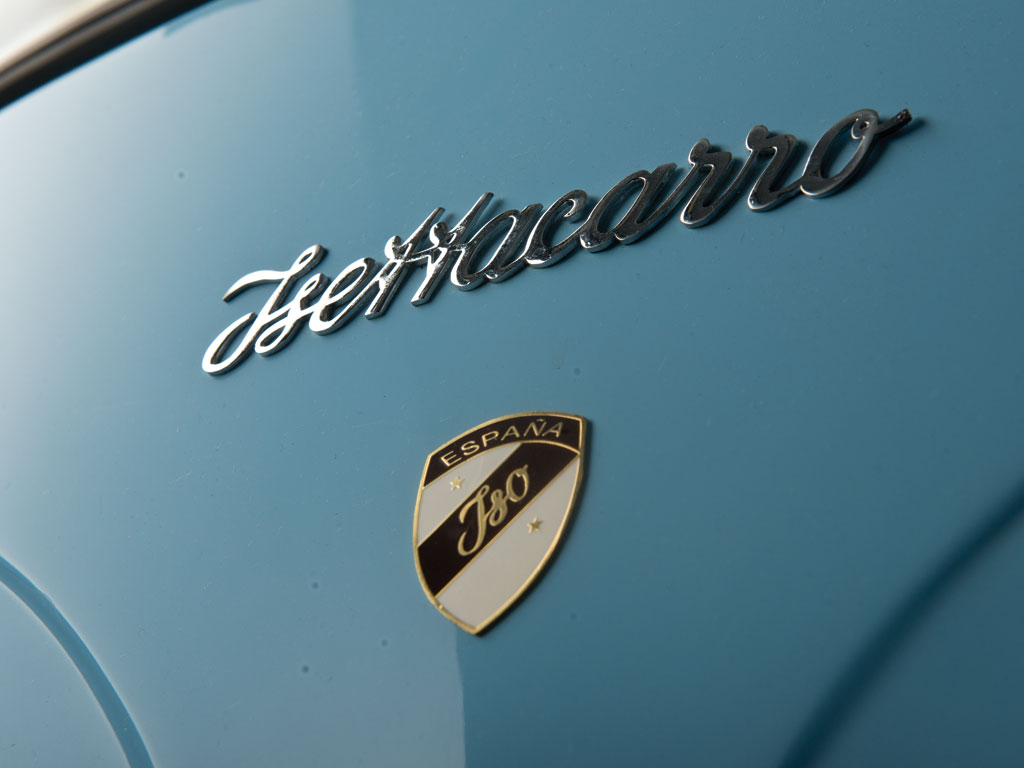
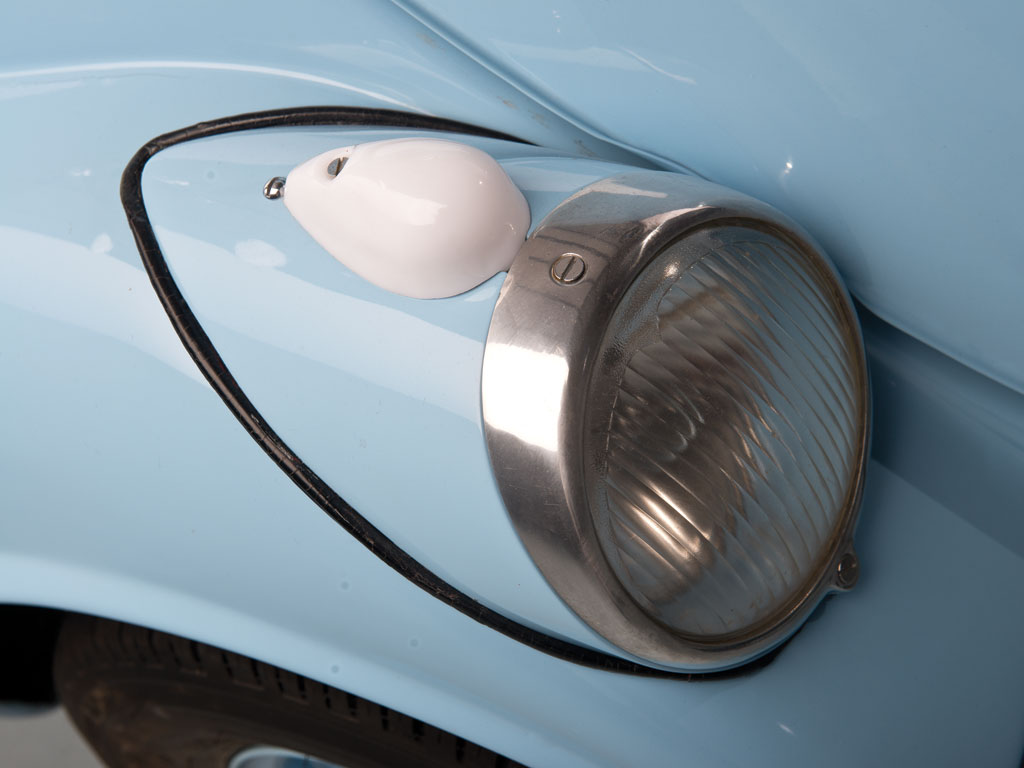
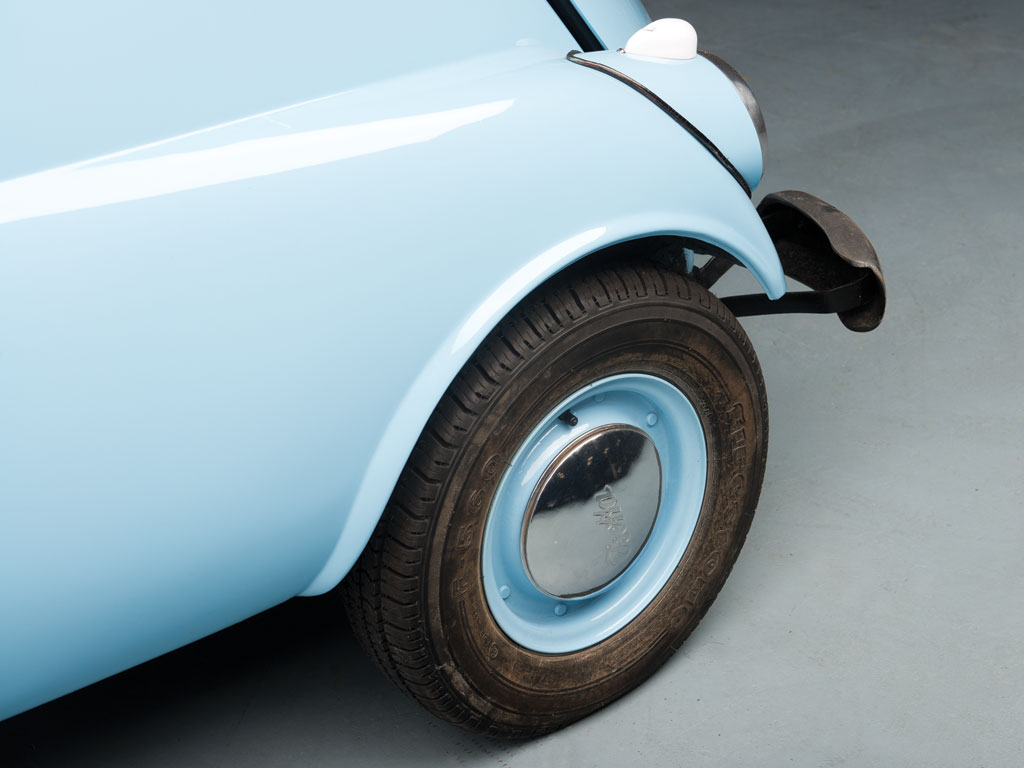
No comments:
Post a Comment